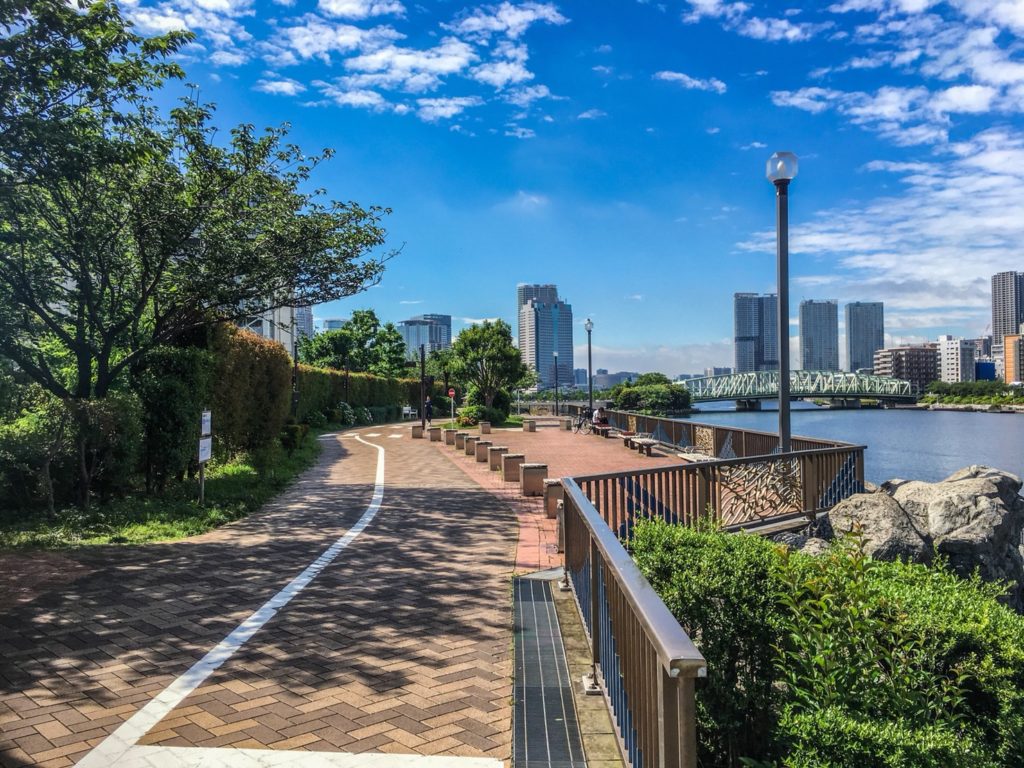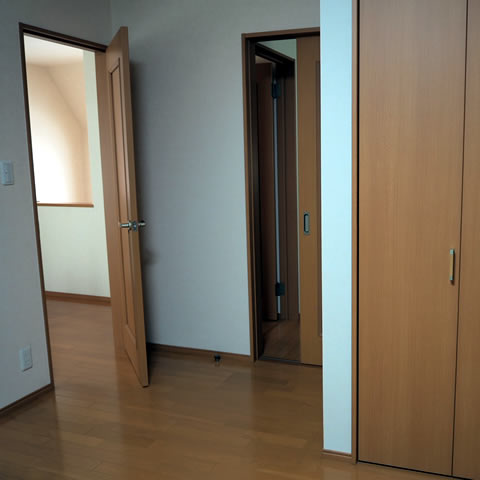Real Estate in Tokyo & Yokohama

A property viewing or Naiken (Naibu-kengaku) is to go and have a look at the inside of rental properties. Though information about properties, such as room plans and the photos, can be found online and offline, you may hardly imagine the room brightness or get a feeling of size without seeing the actual place. Whatever types of rental properties you select, viewing is always crucial for the sake of avoiding a regrettable decision.
Things to know about property viewing
If you find a good property on a website or at the office of a real estate agency, you can ask the agent for a viewing. The viewing is called “Naiken 内見” or “Nairan 内覧” in Japanese, arranged by real estate agencies to take clients to properties to show around the rooms inside. Having a viewing is not only to look around the room but also to get a picture of the surrounding, including the availability of shared facilities.
To do a property viewing, you need to contact an agency and request the arrangement. The viewing is usually scheduled in a day to look around several properties by following the list of top choices you make. Since viewings tend to be time-consuming, it is advisable that you prepare a checklist beforehand to make your viewing done efficiently.
In case of difficulty in viewing due to living outside of Japan, the use of web-viewing service can be a choice. The point is that you find a real estate agency offering such web service in English, then start a property search so that you can avoid problems when you come to need for viewing.
Rules and Manners
When you have a viewing, you are required to follow some rules and manners with the Japanese housing style in mind.
Take your shoes off when you get into a room
Japanese houses require people to take off their shoes at the front door. You are not allowed to step inside even when viewing, and required to take your shoes off at the indoor entrance space (Genkan) where slippers are often provided. You may also bring your slippers, or it can be no problem you walk in rooms without slippers if you wear socks, however, try not to get your feet cold in winter!
No water can be used at the properties
The washroom is basically not allowed to use while having a viewing. You cannot use tap water in the kitchen, bathroom either.
Permission is required to photograph
If you like to take photos of the rooms, you need to have permission. For privacy reasons, people are not allowed to upload any photo of properties to the Internet.
Need to cancel your viewing? Inform the agent
If you request a real estate agency for viewing, the agent sets up the date and time for your convenience and arranges a car to conduct the tour as well as having permission from the owner. In the case you have to cancel your viewing for some reason, you may need to contact the agent to inform the cancellation. As for the change in your appointment, it is also better to notify the agent as soon as possible.
Tips for viewing
– The useful items to take for viewing are; a pocket note, pen, measure, campus, camera, and slippers – for some of which you may substitute apps on your mobile phone to give a score of each property after the visit.
– Prepare papers required for rental application in advance so that you can make an application right after viewing. Remember, applications are accepted on a first-come, first-served basis, and good properties tend to get occupied in no time. Applying earlier is better.
To find required papers for application, refer to this page “Tips for finding rental properties in Japan: The reason why applying earlier is the better“
Property Viewing Checklist
In rooms
- Visual width and height of rooms
- Storage space (shoe rack, closet, kitchen cupboard)
- Kitchen layout and the usability
- The size of spaces to place refrigerator, washing machine
- Bathroom equipment (Most Japanese houses have bathing space and toilet separately.)
- The place to dry laundry (Particularly important for foreign residents)
Room brightness with sunshine - Ventilation
- Security doors, windows, and balconies
- Wallpaper and Floor (If damages are there or not)
- Internet connection (If ready to use or not)
- Soundproofing
Shared facilities
- The security system of the building (Entrance with auto-lock door will be essential for women living alone)
- Garbage collection point
- Shared equipment (home delivery lockers, fitness room, etc.)
- Parking space (bicycle, cars)
- Elevator and corridor
Ambient environment
-
- Nearby public facilities (Schools, hospitals, supermarkets, convenience stores, and cafe, etc.)
- Accessibility from the nearest station.
- (Walking to the station will let you know of the actual distance and time required.)
- Nearby streets and roads (The atmosphere may significantly vary at daytime and in the evening)
Property Search


